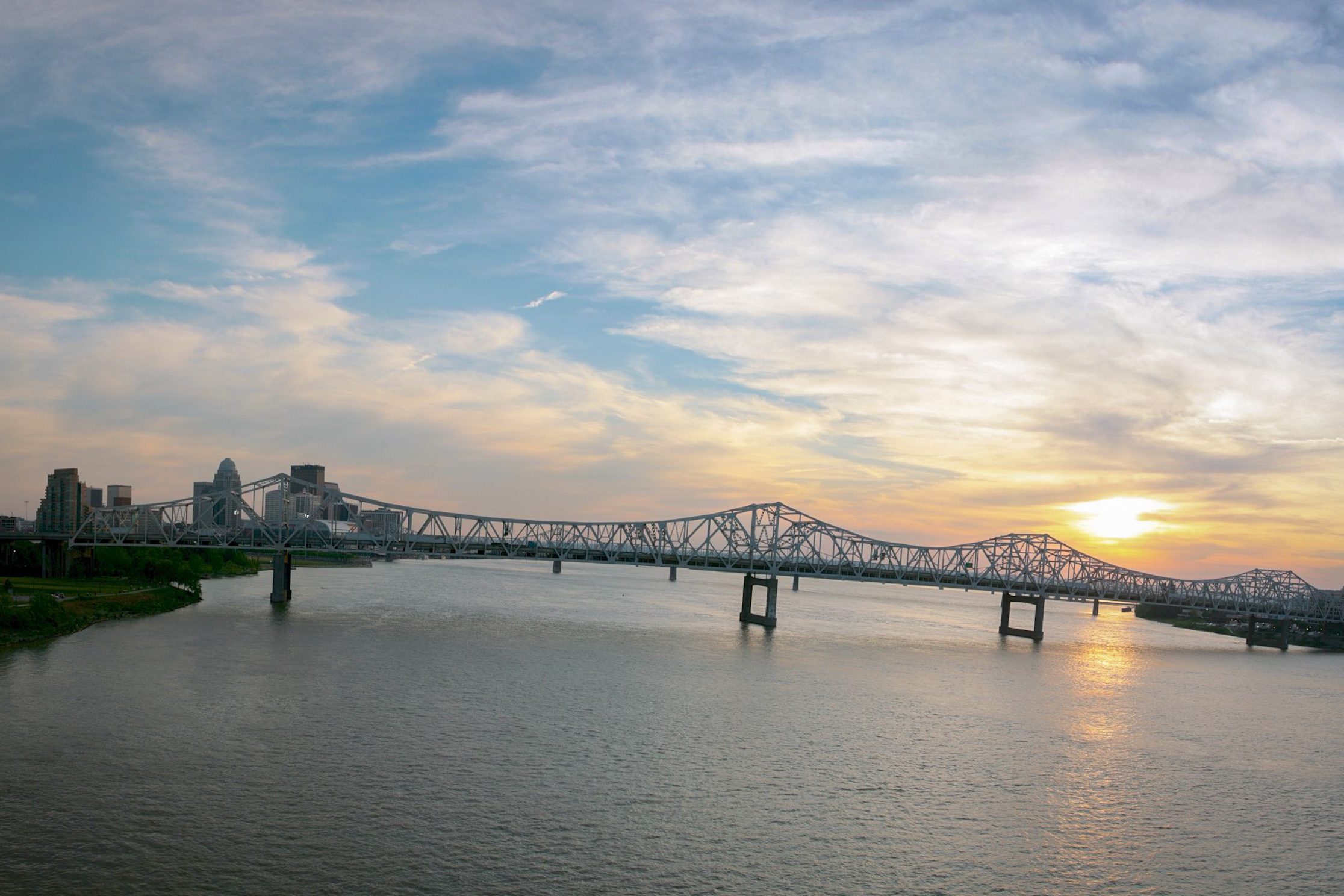Legacy pollution continues to be a big problem in the Ohio River. Things like PCBs and dioxin, which may have been discharged into the river decades ago, can still make the water unsafe for living things—including us. For example, there are advisories limiting how many fish you can eat from the Allegheny, Monongahela and Ohio Rivers because these toxins build up in fish. This week, we caught up with Judy Petersen, executive director of the Kentucky Waterways Alliance, to tell us more about how legacy pollution—and new pollution—affects our lives.
LISTEN: Legacy Pollution on the Ohio River
The Allegheny Front: So I know one of the big pollutants you’re concerned about is mercury. Tell us more about that.
Judy Peterson: What we’re worried about is new and continued discharges of mercury into the river when parts of the river are already contaminated. If we tip that scale even further, the entire river will be contaminated. So we’ll hopefully be flushing out and cleaning out the dioxin and PCBs that are the legacy contaminants. But if we add mercury, we’ve done a disservice for not just fish consumption, but possibly for some of the smaller drinking water systems that rely on the Ohio River. Mercury is not an easy thing to get out. If you live in Louisville or Pittsburgh, they have sophisticated water treatment. If you live in a smaller town, and there is too much mercury in the river, it’s going to escalate their treatment costs enormously. They may or may not be able to afford to treat for mercury. It’s one of the reasons why we’re actively fighting new discharges of mercury into the river. A number of years ago, ORSANCO [the Ohio River Valley Water Sanitation Commission], an eight state agency, said that there would be no more discharges of mercury above a certain level into the Ohio River. And they gave industries 10 years to comply with that. Come 2013, they found that they weren’t ready to comply. They have indefinitely extended that variance, and they have given that responsibility back to the individual states. As a headwaters state, what that means for Pennsylvania is not the same thing as for a downstream state like Kentucky.
AF: In other words, you’re receiving whatever is coming downstream.
JP: Yep—we all live downstream, [even if] it’s a little bitty stream that feeds into a larger stream that feeds into the Ohio River. If you’re a major river city like Louisville, then you live downstream from Pittsburgh and Wheeling and Cincinnati and big and little towns that are upstream of the Ohio as well as the Allegheny and Monongahela.
AF: How does legacy and new pollution impact the Ohio River Basin’s future, economically or with regard to recreation?
JP: I don’t want to get so far into the pollution scenario that we lose sight of the fact that the Ohio River is cleaner than it has been in many many decades. Cleaning up all the sewer overflows, the Clean Water Act that put limits on many of these kinds of industrial facilities that discharge into the Ohio—all of those have had an enormous impact. I just want to make sure we don’t start sliding backwards because the job is not done.
###
Judy Petersen is executive director of the Kentucky Waterways Alliance.

